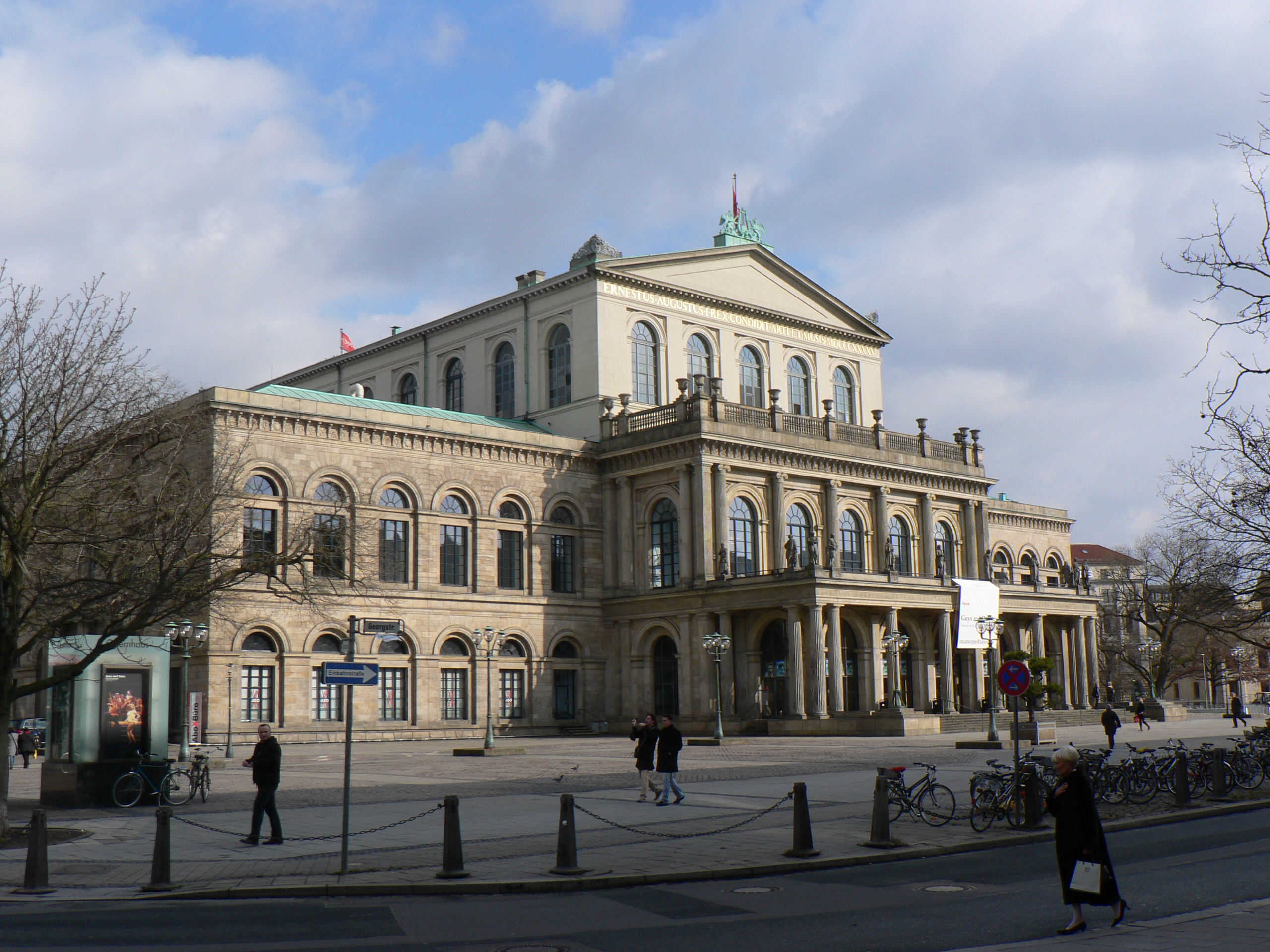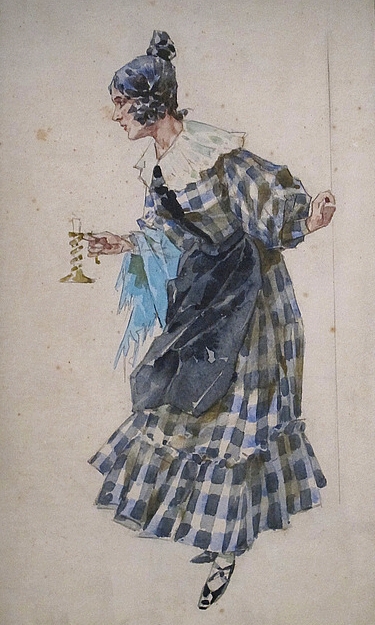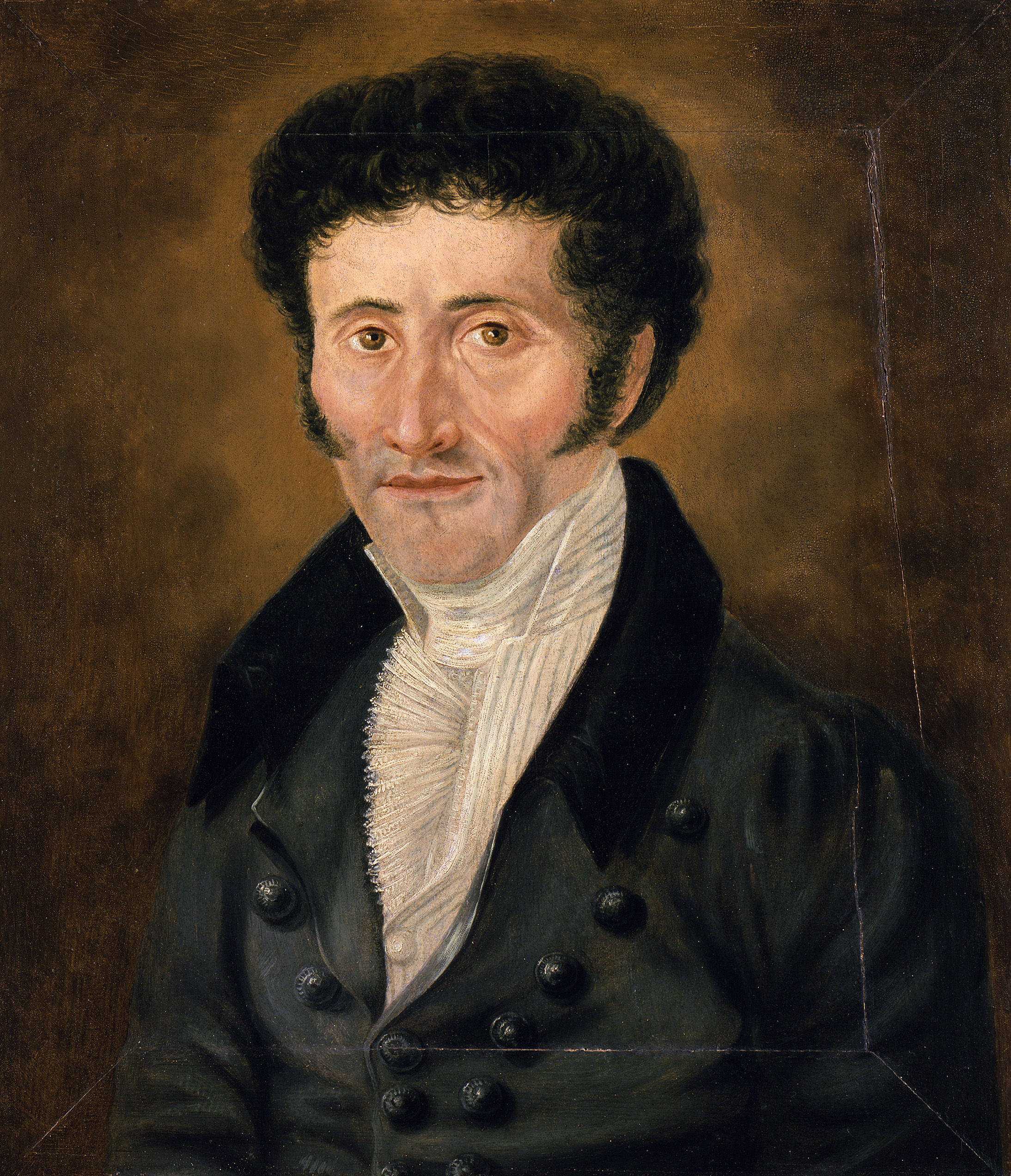|
Hans-Dieter Bader
Hans-Dieter Bader (16 February 1938 – 18 June 2022) was a German operatic tenor. He performed for decades in leading roles as both a dramatic and a lyrical tenor at the Staatsoper Hannover. He appeared in around 90 operatic roles, as well as in concert and oratorio. His recordings include the operas ''Feuersnot'' by Richard Strauss and Ermanno Wolf-Ferrari's '' Sly'', and the concert premiere of Max Reger's unfinished Dies irae. Career Bader was born on 16 February 1938 and raised in Stuttgart. He was initially apprenticed to learn tool making. He studied voice with Rudolf Gehrung, and made his stage debut at the Staatsoper Stuttgart in 1960 as Arturo in Donizetti's ''Lucia di Lammermoor''. He was engaged at the Staatstheater Braunschweig from 1962 and at the Städtische Bühnen Münster to 1965. He then moved to the Staatsoper Hannover, where he performed in major Heldentenor roles and in Italian opera. In 1967 he took part in the world premiere of '' Die Doppelgänger ... [...More Info...] [...Related Items...] OR: [Wikipedia] [Google] [Baidu] |
Stuttgart
Stuttgart (; Swabian: ; ) is the capital and largest city of the German state of Baden-Württemberg. It is located on the Neckar river in a fertile valley known as the ''Stuttgarter Kessel'' (Stuttgart Cauldron) and lies an hour from the Swabian Jura and the Black Forest. Stuttgart has a population of 635,911, making it the sixth largest city in Germany. 2.8 million people live in the city's administrative region and 5.3 million people in its metropolitan area, making it the fourth largest metropolitan area in Germany. The city and metropolitan area are consistently ranked among the top 20 European metropolitan areas by GDP; Mercer listed Stuttgart as 21st on its 2015 list of cities by quality of living; innovation agency 2thinknow ranked the city 24th globally out of 442 cities in its Innovation Cities Index; and the Globalization and World Cities Research Network ranked the city as a Beta-status global city in their 2020 survey. Stuttgart was one of the host cities ... [...More Info...] [...Related Items...] OR: [Wikipedia] [Google] [Baidu] |
Heldentenor
A heldentenor (; English: ''heroic tenor''), earlier called tenorbariton, is an operatic tenor voice, most often associated with Wagnerian repertoire. It is distinct from other tenor ''fächer'' by its endurance, volume, and dark timbre, which may be, in its middle Vocal register, register, like that of a baritone. The voice may also sound clear or metallic. It is one of the rarest voice types in opera. Heldentenor roles, such as the title roles in ''Siegfried (opera), Siegfried'' and ''Lohengrin (opera), Lohengrin'', often require commanding stage presence and strong acting ability. In some cases, due to reasons such as voice misidentification, singers may begin their careers as baritones before later transitioning. The term ''heldentenor'' may be used to refer to both a singer and their voice. The treble counterpart of the heldentenor is the Wagnerian soprano. Roles The following roles are in the standard heldentenor repertoire: Richard Wagner * Lohengrin, ''Lohengrin (o ... [...More Info...] [...Related Items...] OR: [Wikipedia] [Google] [Baidu] |
Robert Maxym
The name Robert is an ancient Germanic given name, from Proto-Germanic "fame" and "bright" (''Hrōþiberhtaz''). Compare Old Dutch ''Robrecht'' and Old High German ''Hrodebert'' (a compound of '' Hruod'' ( non, Hróðr) "fame, glory, honour, praise, renown" and ''berht'' "bright, light, shining"). It is the second most frequently used given name of ancient Germanic origin. It is also in use as a surname. Another commonly used form of the name is Rupert. After becoming widely used in Continental Europe it entered England in its Old French form ''Robert'', where an Old English cognate form (''Hrēodbēorht'', ''Hrodberht'', ''Hrēodbēorð'', ''Hrœdbœrð'', ''Hrœdberð'', ''Hrōðberχtŕ'') had existed before the Norman Conquest. The feminine version is Roberta. The Italian, Portuguese, and Spanish form is Roberto. Robert is also a common name in many Germanic languages, including English, German, Dutch, Norwegian, Swedish, Scots, Danish, and Icelandic. It can be use ... [...More Info...] [...Related Items...] OR: [Wikipedia] [Google] [Baidu] |
Deborah Polaski
Deborah Polaski (born May 26, 1949, in Richland Center, Wisconsin) is an American opera and concert singer (soprano). She has specialized in dramatic soprano roles and also sings mezzo-soprano roles occasionally. Biography After being educated in the USA, Polaski moved to Europe. Her debut was in 1976 as Senta in Richard Wagner's ''The Flying Dutchman (opera), The Flying Dutchman'' at the Musiktheater im Revier in Gelsenkirchen, Germany. She subsequently sang on a number of opera stages in Germany (for example, Mannheim, Ulm, Karlsruhe, Darmstadt, Hannover and Freiburg). Her repertoire comprises primarily dramatic soprano roles, such as the Wagnerian roles of Isolde in ''Tristan und Isolde'', Brünnhilde (''Der Ring des Nibelungen''), Kundry (''Parsifal'') and Ortrud (''Lohengrin (opera), Lohengrin''), and Richard Strauss' ''Ariadne auf Naxos'' and ''Elektra (opera), Elektra'', Hector Berlioz, Berlioz' Didon and Cassandre (''Les Troyens''), Alban Berg, Berg's Marie (''Wozzeck'') ... [...More Info...] [...Related Items...] OR: [Wikipedia] [Google] [Baidu] |
Hans Herbert Jöris
Hans Herbert Jöris (also Hans-Herbert; 15 May 1925 – 18 January 2008) was a German conductor and academic teacher who worked at the Theater Dortmund and the Staatsoper Hannover and taught at the Hochschule für Musik, Theater und Medien Hannover. Career Born in Viersen, Jöris was the first son of Hans Jöris, a Kirchenmusikdirektor, and his wife Adele Jöris (née Franken). He took lessons in violin, piano and organ as a child. From 1931, he attended the Diergardtschule and then the gymnasium in Viersen, finishing with the Abitur in 1943. He was drafted into the Wehrmacht and was a prisoner of war, returning to Viersen in 1945. Jöris studied conducting at the Musikhochschule Köln with Günter Wand. Jöris became Wand's assistant with the Gürzenich Orchestra. He conducted the Ford-Sinfonieorchester from 1951 to 1959 as the first professional. He was also the conductor of the Chor des Westdeutschen Rundfunks, and worked for the Unterhaltungsorchester of the NDR w ... [...More Info...] [...Related Items...] OR: [Wikipedia] [Google] [Baidu] |
Die Tödlichen Wünsche
' (''The Deadly Wishes''), Op. 27, is an opera by Giselher Klebe who also wrote the libretto based on ''La Peau de chagrin'' by Honoré de Balzac. It consists of fifteen lyrical scenes in three acts. It premiered on 14 June 1959 at the Deutsche Oper am Rhein in Düsseldorf, conducted by Reinhard Peters, and was published by Boosey & Hawkes. The opera was revived in 2006 at the Landestheater Detmold on the occasion of the composer's 80th birthday. History Giselher Klebe focused on literary opera, writing his own librettos based on classical literature. His first opera, premiered in 1959 was ''Die Räuber'', after the play by Friedrich Schiller. Klebe based ' on Honoré de Balzac's ''La Peau de chagrin''. He structured it in fifteen ''lyrical scenes'' in three acts. The opera premiered on 14 June 1959 at the Deutsche Oper am Rhein in Düsseldorf, conducted by Reinhard Peters. The leading roles were performed by Walter Beißner (tenor) as Raphael von Valentin, Ingrid Paller (s ... [...More Info...] [...Related Items...] OR: [Wikipedia] [Google] [Baidu] |
La Bohème
''La bohème'' (; ) is an opera in four acts,Puccini called the divisions ''quadri'', ''tableaux'' or "images", rather than ''atti'' (acts). composed by Giacomo Puccini between 1893 and 1895 to an Italian libretto by Luigi Illica and Giuseppe Giacosa, based on ''Scènes de la vie de bohème'' (1851) by Henri Murger. The story is set in Paris around 1830 and shows the Bohemian lifestyle (known in French as "") of a poor seamstress and her artist friends. The world premiere of ''La bohème'' was in Turin on 1 February 1896 at the Teatro Regio, conducted by the 28-year-old Arturo Toscanini. Since then, ''La bohème'' has become part of the standard Italian opera repertory and is one of the most frequently performed operas worldwide. In 1946, fifty years after the opera's premiere, Toscanini conducted a commemorative performance of it on radio with the NBC Symphony Orchestra. A recording of the performance was later released by RCA Victor on vinyl record, tape and compact disc. ... [...More Info...] [...Related Items...] OR: [Wikipedia] [Google] [Baidu] |
Rigoletto
''Rigoletto'' is an opera in three acts by Giuseppe Verdi. The Italian libretto was written by Francesco Maria Piave based on the 1832 play ''Le roi s'amuse'' by Victor Hugo. Despite serious initial problems with the Austrian censors who had control over northern Italian theatres at the time, the opera had a triumphant premiere at La Fenice in Venice on 11 March 1851. The work, Verdi's sixteenth in the genre, is widely considered to be the first of the operatic masterpieces of Verdi's middle-to-late career. Its tragic story revolves around the licentious Duchy of Mantua, Duke of Mantua, his hunch-backed court jester Rigoletto, and Rigoletto's daughter Gilda. The opera's original title, ''La maledizione'' (The Curse), refers to a curse placed on both the Duke and Rigoletto by a courtier whose daughter the Duke has seduced with Rigoletto's encouragement. The curse comes to fruition when Gilda falls in love with the Duke and sacrifices her life to save him from the assassin hired by ... [...More Info...] [...Related Items...] OR: [Wikipedia] [Google] [Baidu] |
The Bartered Bride
''The Bartered Bride'' ( cz, Prodaná nevěsta, links=no, ''The Sold Bride'') is a comic opera in three acts by the Czech composer Bedřich Smetana, to a libretto by Karel Sabina. The work is generally regarded as a major contribution towards the development of Czech music. It was composed during the period 1863 to 1866, and first performed at the Provisional Theatre, Prague, on 30 May 1866 in a two-act format with spoken dialogue. Set in a country village and with realistic characters, it tells the story of how, after a late surprise revelation, true love prevails over the combined efforts of ambitious parents and a scheming marriage broker. The opera was not immediately successful, and was revised and extended in the following four years. In its final version, premiered in 1870, it rapidly gained popularity and eventually became a worldwide success. Until this time, the Czech national opera had only been represented by minor, rarely performed works. This opera, Smetana's second ... [...More Info...] [...Related Items...] OR: [Wikipedia] [Google] [Baidu] |
Faust (opera)
''Faust'' is an opera in five acts by Charles Gounod to a French libretto by Jules Barbier and Michel Carré from Carré's play ''Faust et Marguerite'', in turn loosely based on Johann Wolfgang von Goethe's ''Faust, Part One''. It debuted at the Théâtre Lyrique on the Boulevard du Temple in Paris on 19 March 1859, with influential sets designed by Charles-Antoine Cambon and Joseph Thierry, Jean Émile Daran, Édouard Desplechin, and Philippe Chaperon. Performance history The original version of Faust employed spoken dialogue, and it was in this form that the work was first performed. The manager of the Théâtre Lyrique, Léon Carvalho cast his wife Caroline Miolan-Carvalho as Marguerite and there were various changes during production, including the removal and contraction of several numbers. The tenor Hector Gruyer was originally cast as Faust but was found to be inadequate during rehearsals, being eventually replaced by a principal of the Opéra-Comique, Joseph-Théodore ... [...More Info...] [...Related Items...] OR: [Wikipedia] [Google] [Baidu] |
The Tales Of Hoffmann
''The Tales of Hoffmann'' (French: ) is an by Jacques Offenbach. The French libretto was written by Jules Barbier, based on three short stories by E. T. A. Hoffmann, who is the protagonist of the story. It was Offenbach's final work; he died in October 1880, four months before the premiere. Composition history and sources Offenbach saw a play, , written by Barbier and Michel Carré and produced at the Odéon Theatre in Paris in 1851. After returning from America in 1876, Offenbach learned that Barbier had adapted the play, which had now set to music at the Opéra. Salomon handed the project to Offenbach. Work proceeded slowly, interrupted by the composition of profitable lighter works. Offenbach had a premonition, like Antonia, the heroine of Act 2, that he would die prior to its completion. Offenbach continued working on the opera throughout 1880, attending some rehearsals. On 5 October 1880, he died with the manuscript in his hand, just four months before the opening. ... [...More Info...] [...Related Items...] OR: [Wikipedia] [Google] [Baidu] |
Così Fan Tutte
(''All Women Do It, or The School for Lovers''), K. 588, is an opera buffa in two acts by Wolfgang Amadeus Mozart. It was first performed on 26 January 1790 at the Burgtheater in Vienna, Austria. The libretto was written by Lorenzo Da Ponte who also wrote ''Le nozze di Figaro'' and ''Don Giovanni''. Although it is commonly held that was written and composed at the suggestion of the Emperor Joseph II, recent research does not support this idea. There is evidence that Mozart's contemporary Antonio Salieri tried to set the libretto but left it unfinished. In 1994, John Rice uncovered two terzetti by Salieri in the Austrian National Library. The short title, ''Così fan tutte'', literally means "So do they all", using the feminine plural (''tutte'') to indicate women. It is usually translated into English as "Women are like that". The words are sung by the three men in act 2, scene 3, just before the finale; this melodic phrase is also quoted in the overture to the opera. Da P ... [...More Info...] [...Related Items...] OR: [Wikipedia] [Google] [Baidu] |






